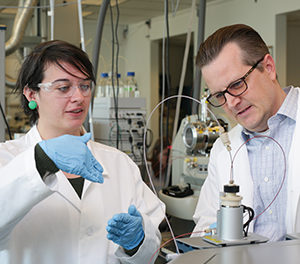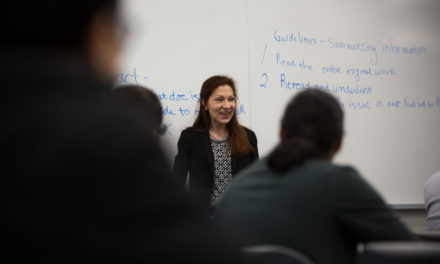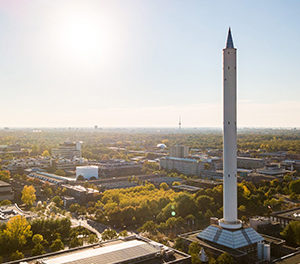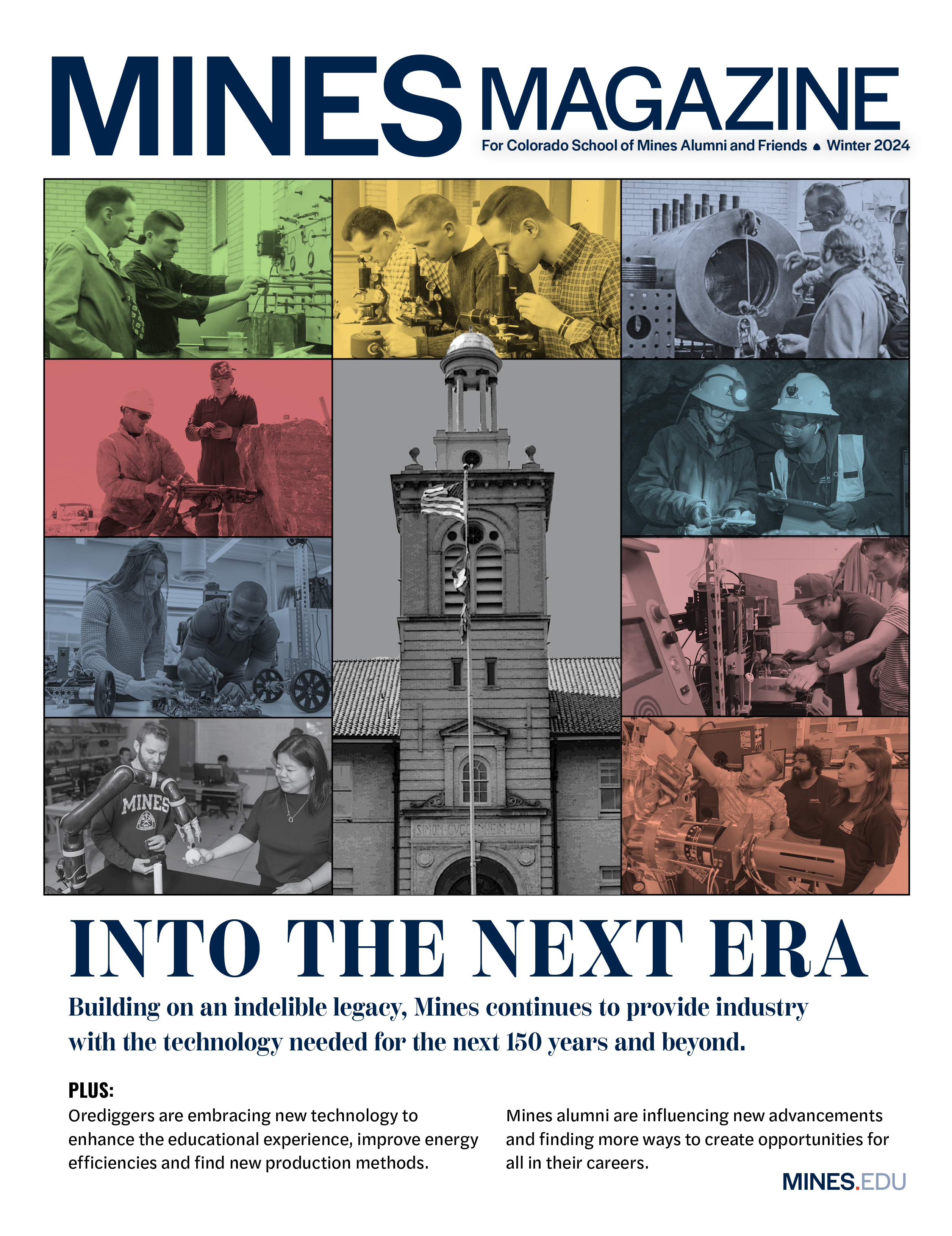Responsible mining, resilient communities
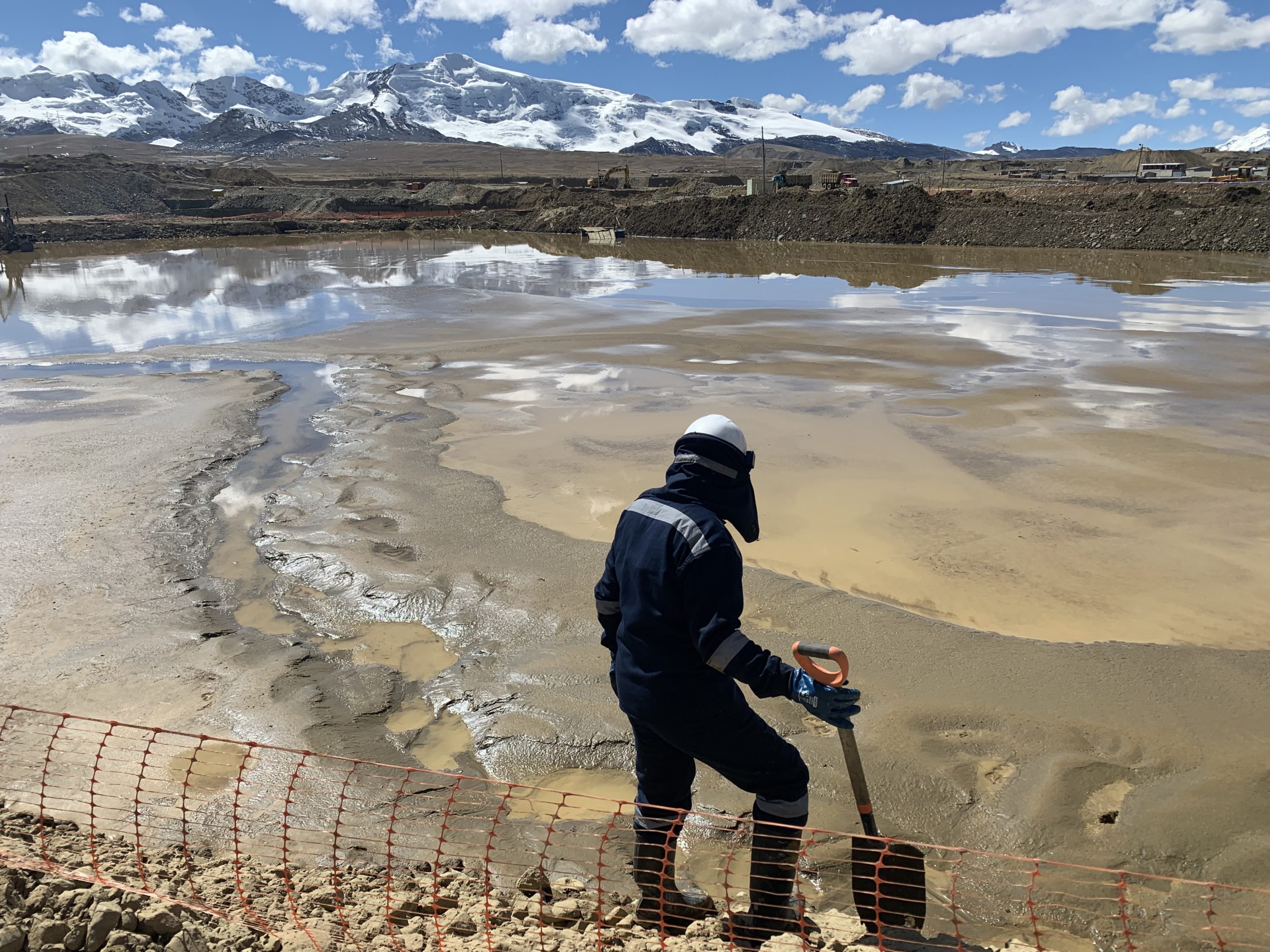
Here’s a surprising fact for many consumers: Roughly 30 percent of all gold produced each year for electronics, jewelry, currency and more still comes from small-scale and artisanal mining operations around the world.
From subsistence miners with a shovel and gold pan to small mining outfits equipped with basic machinery, these small-scale operations come at
a high cost, however. Large-scale deforestation, air and water contamination and chronic human diseases are all tied to the mercury used to process gold ore.
But the solution isn’t as simple as bringing the latest mercury-free processing technology to these small mining communities, said Nicole Smith, a cultural anthropologist and assistant professor of mining engineering.
“We worked with a group of women working at a newly formalized mine in Peru, meaning they have now permission from the Peruvian government to operate, something that most artisanal and small- scale operations lack,” Smith said. “It was the women in this mining operation who were delegated to some of the most dangerous positions—working directly with the mercury. But in the transition to more sustainable practices, if you eliminate the mercury, their jobs are eliminated, too.”
At Mines, Smith is part of an interdisciplinary group of researchers that has become a go-to partner for both miners and government officials in Peru, helping them navigate the complexities of transitioning to more responsible mining practices.
In many ways, Mines is perfectly suited to the task. “We’re the bridge between both sides,” said PhD student Gerardo Martinez. “The miners know we communicate with the government and NGOs but that we’re there to help them, not to criminalize or marginalize them. Government likes us, because they know we’re in the field, as opposed to other people who are writing proposals and making assumptions.”
Smith and Martinez have organized a number of workshops for small-scale miners in Puno, a remote district that is home to the greatest number of formalized mining operations, as well as La Rinconada, a zone infamous for its illicit mining.
Because of the relationships they’ve forged with these miners, Peruvian government officials are now coming to Martinez and Smith for input on policy related to artisanal and small-scale mining.
“A lot of the time, these miners are criminalized—they’re seen as contaminators, they don’t care, they don’t know,” Martinez said. “But in reality, they’re the experts. They’ve been there 20, 30, 40 years. It’s ancestral, and they know better than anyone else what will work.”
And in the case of the women miners, working together meant building economic capacity by making jewelry findings for a woman-owned company in Lima. With Mines’ help, the women received training, funding and help setting up a workshop and registering their business.
“Now, these women are making their own jewelry,” Martinez said. “It’s the idea of value-added instead of just selling their gold and exporting to international markets.”

